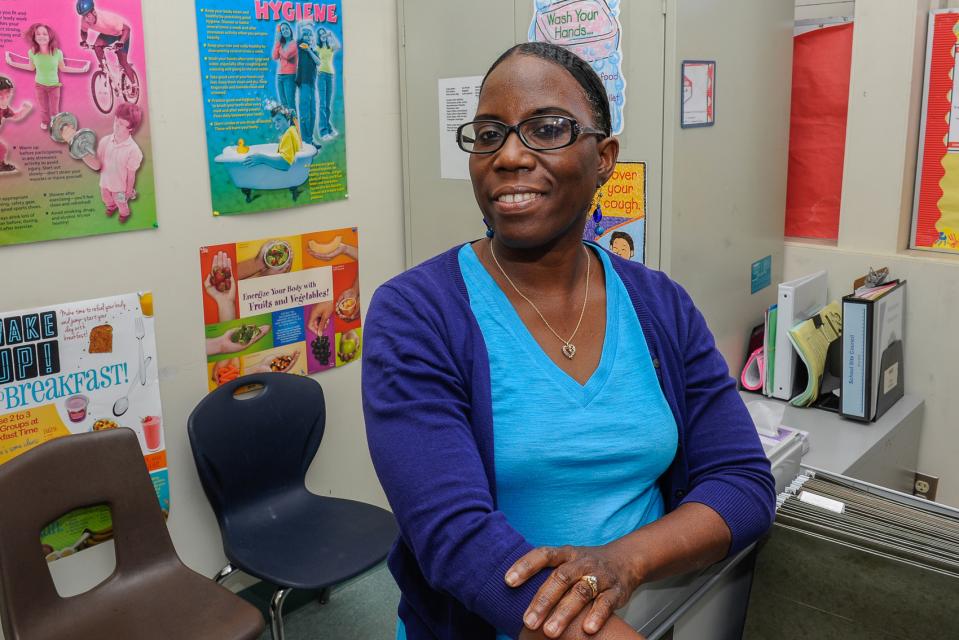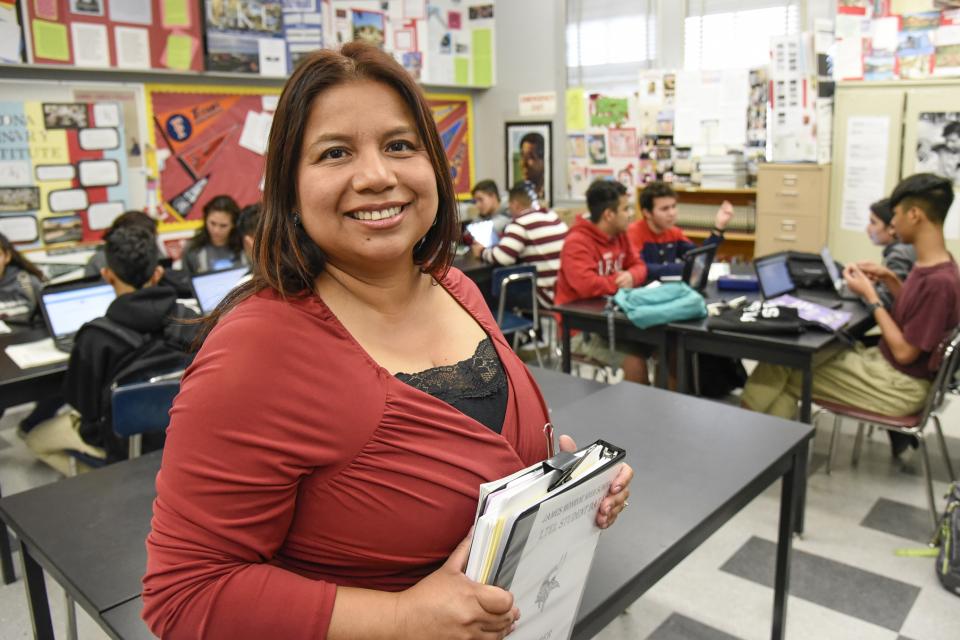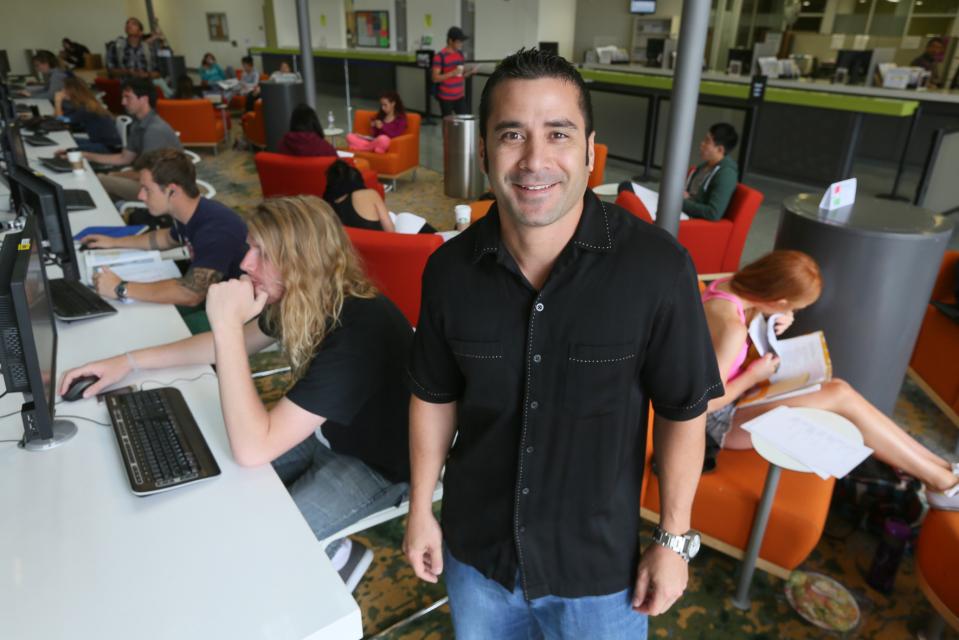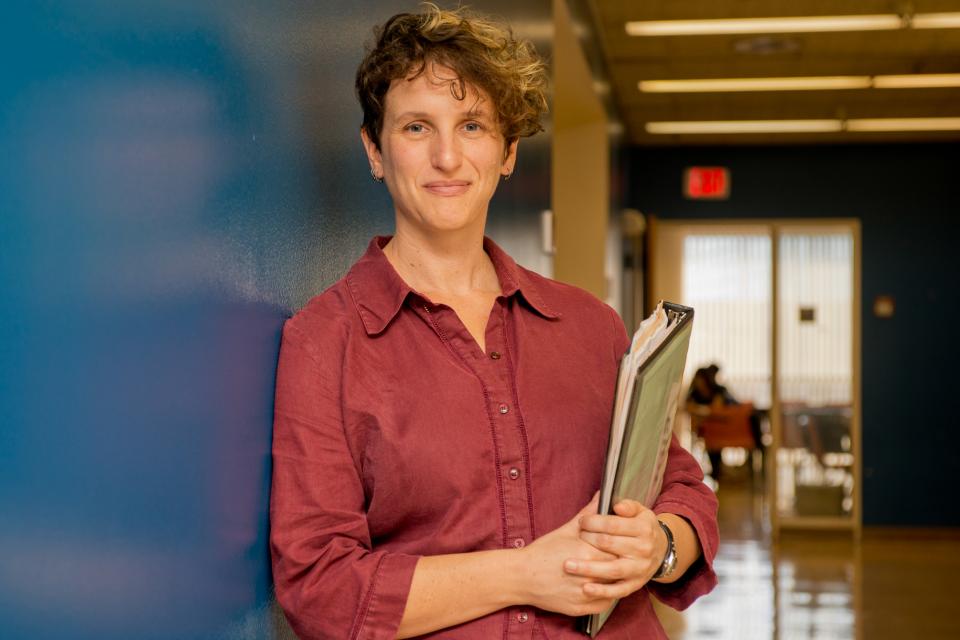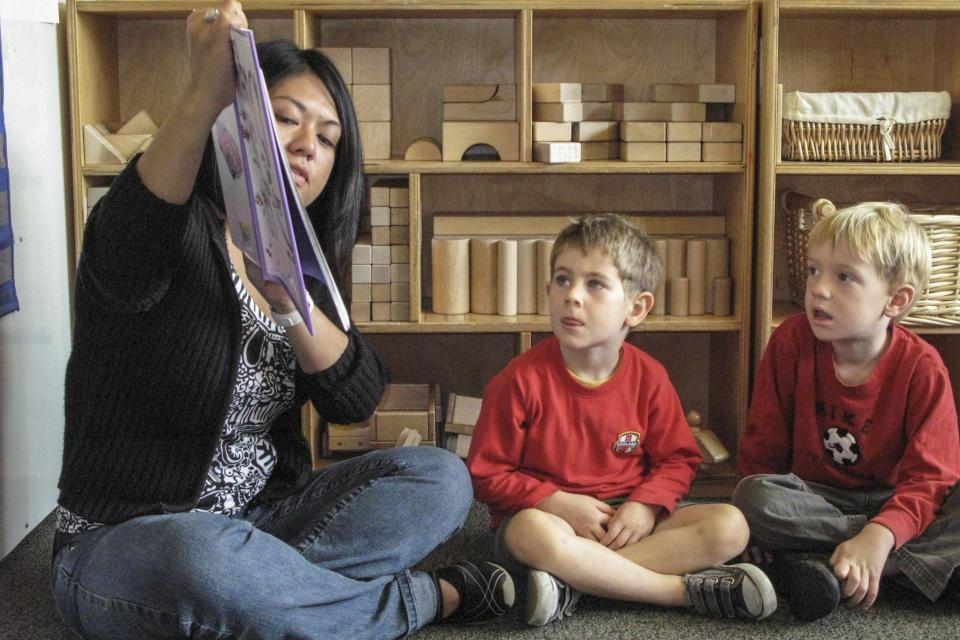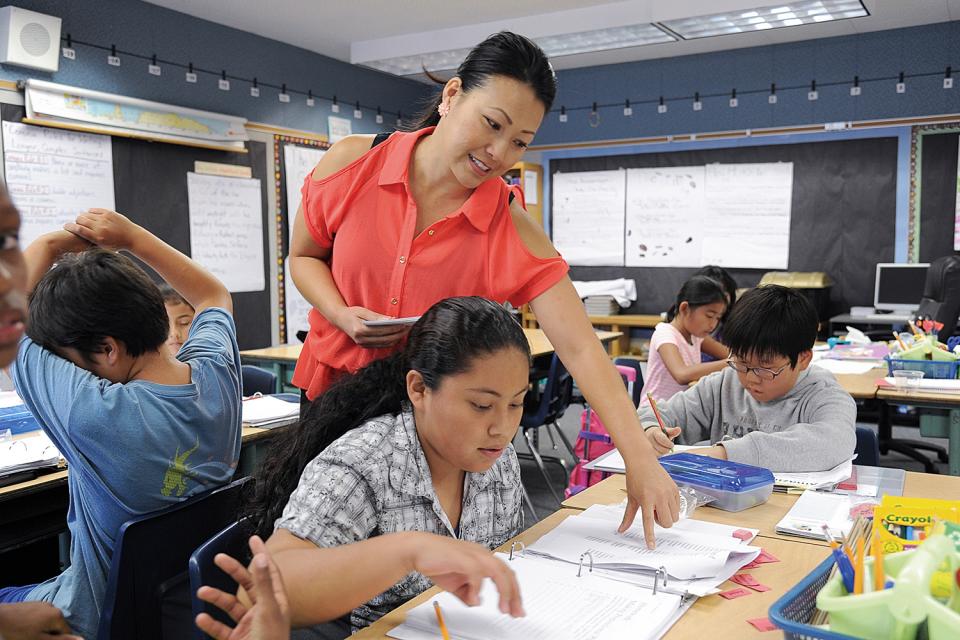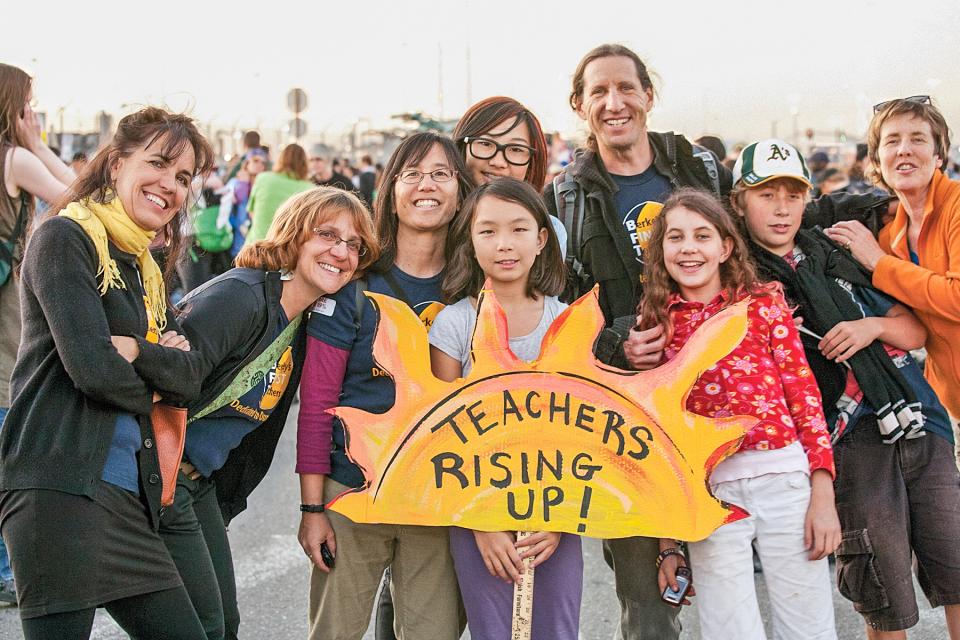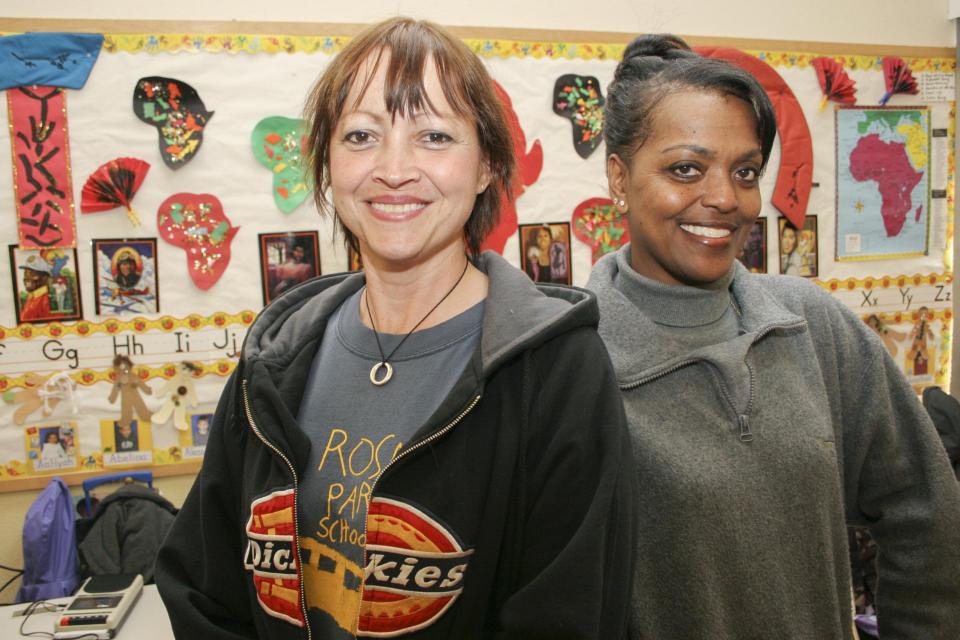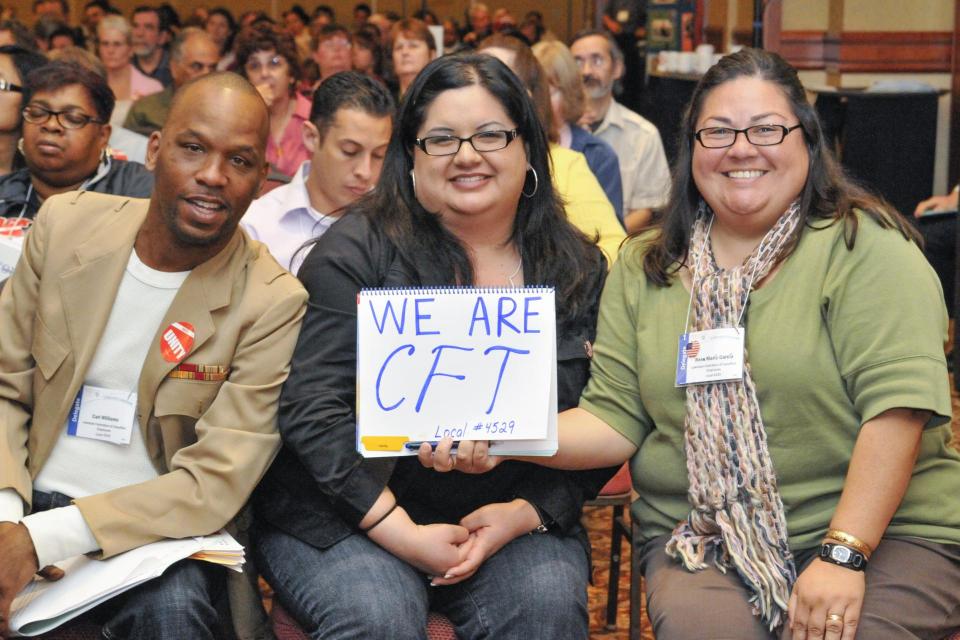Quick Facts
Overview
Quick Facts
What is the CFT?
- The CFT is a union of educators and classified professionals affiliated with the 1.7 million member American Federation of Teachers, and through it with the AFL-CIO, representing more than 12.5 million working people.
- The CFT comprises 147 local unions chartered by the AFT. Each local is affiliated with its regional AFL-CIO Central Labor Council and the statewide California Labor Federation.
- Through its local unions, the CFT represents more than 120,000 educational employees working at every level of public and private education from Head Start to the University of California.
- In all segments of education, the CFT is committed to promoting high-quality education and to securing the conditions necessary to provide the best services to California’s students.
Why is there a CFT?
- The CFT was founded in 1919 to provide a labor union alternative for classroom teachers. To gain employee rights taken for granted by other workers, CFT lawyers and courageous teachers tested the courts again and again, building a strong body of case law. One observer said, “The AFT in California is responsible for having won 90 percent of the cases dealing with teachers’ rights during the 1960s.”
- To provide essential workplace rights,the CFT in 1953 introduced the first teachers’ collective bargaining bill in the California Legislature. It reintroduced similar bills for the following two decades, until passage of the Educational Employment Relations Act in 1975 finally brought collective bargaining rights to K–14 teachers and classified employees working in public education. Since then CFT has represented these employees in professional and employment-related matters.
- Three years later, in 1978, CFT helped pass the Higher Education Employer-Employee Relations Act, bringing the benefits of collective bargaining to university employees. Today the CFT represents lecturers and librarians at the University of California.
What has CFT achieved?
-
PreK–12
TEACHERS
The CFT leads the state’s movement for quality education based on high academic standards for both students and teachers. Through the collective bargaining contract, AFT unions became trailblazers in establishing successful peer assistance and review programs, and other professional development, still in place today. CFT works to secure universal preschool for all California children as well as lifelong learning for adults. -
CLASSIFIED EMPLOYEES AND
PARAPROFESSIONALS
The union works to ensure that classified employees are recognized for the valuable work they perform. CFT believes the work of qualified school and college support staff is essential to building strong campus communities and enhanced student learning. -
COMMUNITY COLLEGE
FACULTY
Representing a majority of faculty in California, the CFT supports a strong core of full-time faculty and seeks to reach the system goal of having 75 percent full-time and 25 percent part-time faculty. To better the working conditions of more than 30,000 part-time faculty, CFT has worked in coalition to win equity funding to boost salaries. The CFT continues to seek legislation that will end the exploitation of part-time instructors. -
UC LIBRARIANS AND
LECTURERS
The CFT organizes academic workers at the University of California and has negotiated one of the best contracts in the nation for non-tenured faculty. -
PRIVATE SCHOOL AND COLLEGE FACULTY AND
STAFF
The CFT organizes education workers at private schools and colleges, Head Start, and job training centers who need a union on their side to secure the most basic employee rights. -
RETIREES
The newest division of the CFT encourages retirees to stay active in the union and advocates for the security of retired members by monitoring issues retirees face with their pensions, Social Security, and healthcare.
How does the CFT work?
- The highest political body of the CFT is its biennial Convention. At the Convention, hundreds of delegates elected in local unions throughout the state debate and decide issues facing the organization. Delegates also elect the CFT President, Secretary Treasurer, and 24 Vice Presidents.
- Between Conventions, the State Council, to which all local unions may send delegates, makes decisions for the CFT. Between these meetings, the Executive Council, comprising the officers of the CFT, makes decisions for the Federation.
- At State Council and Executive Council, the Committee on Political Education (COPE) reviews ballot propositions and political candidates and their positions on issues. Through COPE, the CFT participates in the campaigns of endorsed candidates.
- Four Division Councils correspond to the major groups of education employees: EC/TK–12, Classified, Community College, and University. Retirees also have a division. The councils meet quarterly to share information and formulate policy proposals for the CFT governing bodies. Council officers are elected by their constituent local unions.
Who are the CFT’s elected officers?
- Learn about CFT leadership: The CFT President, Secretary Treasurer, 24 Vice Presidents, and leaders of our five Division Councils. The CFT also has three representatives on the AFT Executive Council.
Where can the CFT be found?
- AFT local unions can be found from Del Norte County in the north to San Diego County in the south. Many locals employ their own staff.
- The CFT’s officers and staff work at larger offices in the Bay Area, Los Angeles County and Sacramento and field offices in the Central Valley, the North Bay, Orange County, and Ventura County.
Post
CFT Fact Sheet
2024
This Fact Sheet is updated a few times a year. Please reach out to the CFT Communications Department for more information.
CFT Communications Director
Matthew Hardy mhardy@cft.org
CFT Communications Specialist
Nason McCarthy nmccarthy@cft.org

